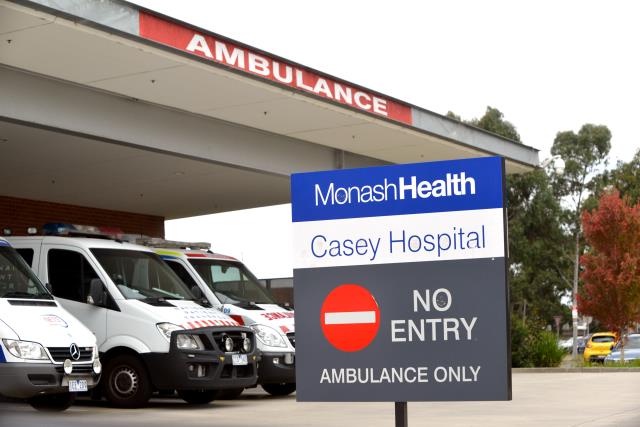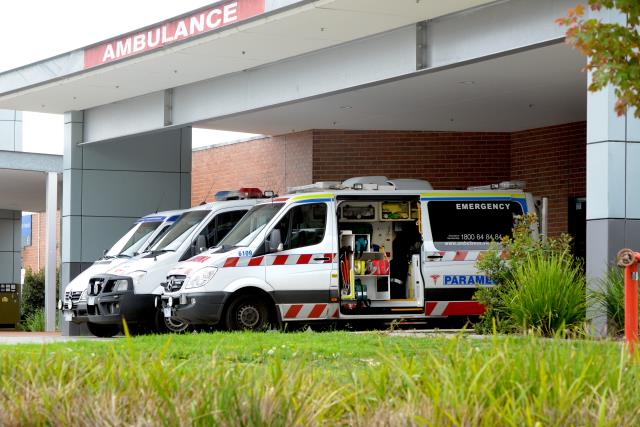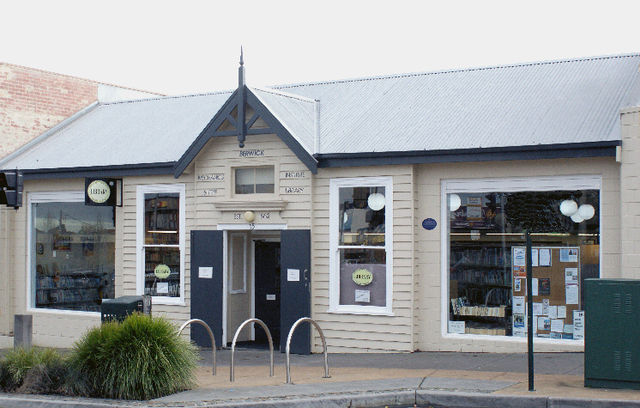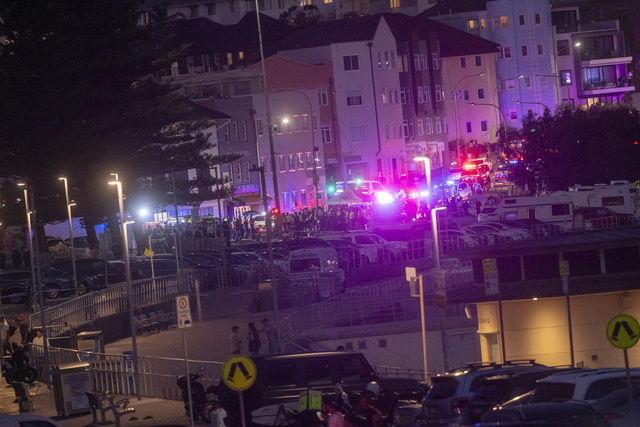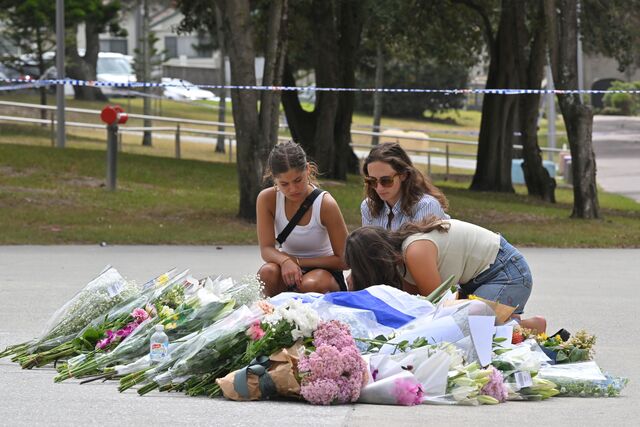Ambulance Victoria response times in Cardinia Shire and Casey have shown a modest but welcome improvement in the past year, offering hope for faster emergency care in the region.
The latest figures for 2024-25 reveal progress, with Cardinia increasing its on-time responses to 55.1 per cent and cutting more than a minute off the average wait time, now down to 17 minutes and 4 seconds.
Casey also improved slightly, hitting 63.4 percent of calls responded to within 15 minutes and trimming response times to 15 minutes and 16 seconds on average.
Despite these gains, the total number of first responders has dipped slightly, falling to 1,700 in Cardinia and 5,234 in Casey.
For Beaconsfield resident Sandra Bush, the recent improvements in ambulance response times are more than just statistics — they can be life-saving.
“I turned up at 4.45 pm last Tuesday with a severe blood nose (third day in a row),” she recalled.
“I was seen at the front desk, triaged and admitted straight in, (there was a waiting room full of people). I was seen by a doctor under 5 mins, nose cauterised and released within 2hrs.
Sandra also shared a more urgent experience when paramedics arrived at her home within five minutes after an ambulance was called
“They did their rapid assessment (suspected stroke), bundled me up and took me to Clayton, where the brain surgeons spend many hours saving my life,” Sandra said.
“If it wasn’t for the decisions of the Ambulance officers to go straight to Clayton that day and having one of the worlds best neurosurgeons on that day. I wouldn’t be here now.”
AV Acting Executive Director Regional Operations Michael Georgiou said demand for ‘lights and sirens’ ambulances fell by 3.5 per cent between April and June, compared with the same time last year, coinciding with an AV community information campaign to save paramedics for emergencies.
“April to June last year was AV’s busiest three months on record – with 102,419 Code 1 emergencies,” Mr Georgiou said.
“Across the same period this year, we’ve responded to 98,874 Code 1 cases.
“I thank our highly skilled paramedics and first responders who do a remarkable job providing best care to their communities, each and every day.
“We’re grateful to Victorians who are choosing to use alternative care for non-urgent issues — it means ambulances are available faster for emergencies. That community effort is helping us save lives.
“From April to June 2025, the state-wide average response time to Code 1 emergencies was 15 minutes and 27 seconds – down from 15 minutes and 37 seconds a year ago.
“There has also been an improvement in the percentage of Code 1 cases responded to within 15 minutes.”
During this quarter, AV crews across Victoria responded to 65.3 per cent of Code 1 cases within the state-wide target of 15 minutes, up from 64.2 per cent a year ago. Compared with the same quarter in 2024, performance improved in 53 Local Government Areas (LGAs).
AV is urging people not to be complacent, with demand for emergency ambulances climbing again as winter illnesses spread through the community.
“We’ve already seen a 3.7 per cent jump in Code 1 demand since the first three months of 2025,” Mr Georgiou said.
“Winter is always our busiest time. Our paramedics are focused on reaching the sickest patients first — but every day, more than 500 calls to Triple Zero (000) don’t need an emergency ambulance.
“There are many options people can access when they need timely medical care and health advice but don’t need an emergency ambulance, including the Victorian Virtual Emergency Department and Urgent Care Clinics.
“Our expert Secondary Triage team — made up of nurses and paramedics — plays a vital role by connecting people with the right care and freeing up ambulances for life-threatening emergencies. Between April and June alone, they redirected 46,015 non-urgent cases away from an emergency response.
“And our Medium Acuity Transport Service (MATS) crews dedicated for less-urgent calls have attended more than 100,000 cases since starting in September 2021, freeing up more ambulances to respond to the most critically-ill patients.”
Ambulance Victoria is working closely with hospitals, emergency services and government partners to keep ambulances on the road and patients moving through the system.
“The new Standards for Safe and Timely Ambulance and Emergency Care are already making a difference — improving patient flow in hospitals and helping our crews get back on the road sooner,” Mr Georgiou said.
“We’re grateful to our hospital partners for their efforts — it’s helping us reach more patients, faster.
“Since June, 117 new graduate paramedics have joined the frontline across Victoria. And earlier this year, the largest-ever single intake of 30 Mobile Intensive Care Ambulance (MICA) intern paramedics hit the road — delivering a major boost to critical care statewide.”

